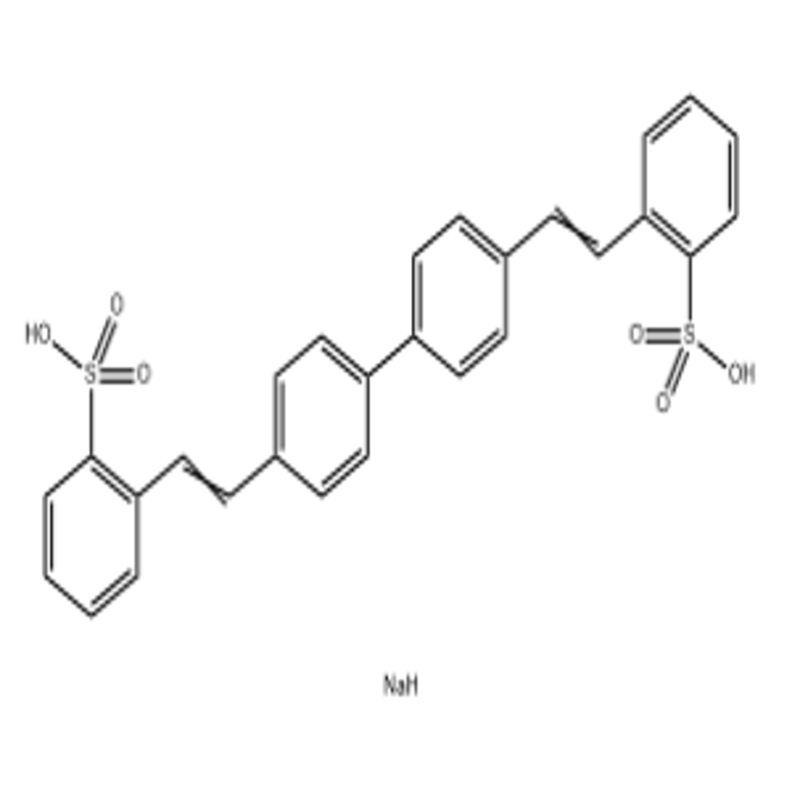-
Categories
-
Pharmaceutical Intermediates
-
Active Pharmaceutical Ingredients
-
Food Additives
- Industrial Coatings
- Agrochemicals
- Dyes and Pigments
- Surfactant
- Flavors and Fragrances
- Chemical Reagents
- Catalyst and Auxiliary
- Natural Products
- Inorganic Chemistry
-
Organic Chemistry
-
Biochemical Engineering
- Analytical Chemistry
- Cosmetic Ingredient
-
Pharmaceutical Intermediates
Promotion
ECHEMI Mall
Wholesale
Weekly Price
Exhibition
News
-
Trade Service
Graphene is unlocking more skills
.
Engineers from ETH Zurich have recently successfully adjusted this excellent material so that some parts of the sheet material become electrical insulators, while other parts are superconductors, with only nanometers between the two parts
.
The team proved this breakthrough by using graphene to make electronic components
.
In terms of all its superpowers, graphene is deceptively simple-it is a two-dimensional sheet of cross-linked carbon atoms
.
But this makes it an excellent conductor of electricity and heat, and it is super strong and flexible
.
But in 2018, a team from the Massachusetts Institute of Technology discovered a strange new change in this story
.
By stacking two layers of graphene and then twisting them precisely to a deviation of 1.
06 degrees, the material becomes insulating - until a certain voltage is applied, at which point it suddenly converts to superconductivity
.
Later, people called it "magic-angle twisted double-layer graphene.
" This special form of material was later found to exhibit a previously unseen magnetism.
In another study, researchers found that if With more flakes stacked together, the effect will be more obvious
.
In the new study, researchers at the ETH Zurich show that they can turn a single sheet of graphene into an insulator and a superconductor at the same time, with different parts showing different properties, only nanometers apart
.
The team demonstrated the new graphene technology by fabricating a Josephson junction (a device in which two superconductors are separated by an ultra-thin insulator)
.
In order to make graphene switch its conductivity, the team applied different voltages in different areas
.
In doing so, they succeeded in creating the Josephson junction, an electronic component composed of two superconductors separated by a thin insulator
.
Due to the quirks of quantum tunnels, a very small amount of current will jump over the insulator
.
Normally, these junctions are made of several different materials, but the researchers were able to build a junction on a sheet of graphene. .
Next, the research team plans to create a more advanced component called a superconducting quantum interface device (SQUID), which is a ring structure composed of two connected Josephson junctions
.
These may be useful for building quantum computers
.
.
Engineers from ETH Zurich have recently successfully adjusted this excellent material so that some parts of the sheet material become electrical insulators, while other parts are superconductors, with only nanometers between the two parts
.
The team proved this breakthrough by using graphene to make electronic components
.
In terms of all its superpowers, graphene is deceptively simple-it is a two-dimensional sheet of cross-linked carbon atoms
.
But this makes it an excellent conductor of electricity and heat, and it is super strong and flexible
.
But in 2018, a team from the Massachusetts Institute of Technology discovered a strange new change in this story
.
By stacking two layers of graphene and then twisting them precisely to a deviation of 1.
06 degrees, the material becomes insulating - until a certain voltage is applied, at which point it suddenly converts to superconductivity
.
Later, people called it "magic-angle twisted double-layer graphene.
" This special form of material was later found to exhibit a previously unseen magnetism.
In another study, researchers found that if With more flakes stacked together, the effect will be more obvious
.
In the new study, researchers at the ETH Zurich show that they can turn a single sheet of graphene into an insulator and a superconductor at the same time, with different parts showing different properties, only nanometers apart
.
The team demonstrated the new graphene technology by fabricating a Josephson junction (a device in which two superconductors are separated by an ultra-thin insulator)
.
In order to make graphene switch its conductivity, the team applied different voltages in different areas
.
In doing so, they succeeded in creating the Josephson junction, an electronic component composed of two superconductors separated by a thin insulator
.
Due to the quirks of quantum tunnels, a very small amount of current will jump over the insulator
.
Normally, these junctions are made of several different materials, but the researchers were able to build a junction on a sheet of graphene. .
Next, the research team plans to create a more advanced component called a superconducting quantum interface device (SQUID), which is a ring structure composed of two connected Josephson junctions
.
These may be useful for building quantum computers
.







